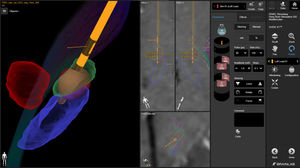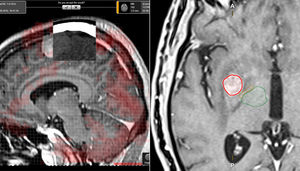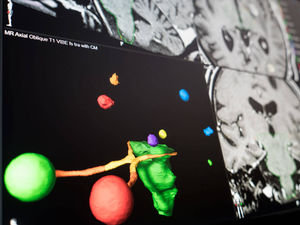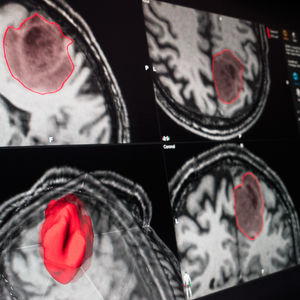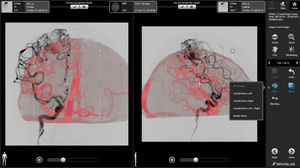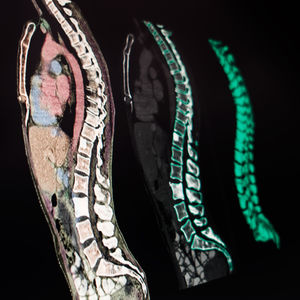

- Products
- Catalogs
- News & Trends
- Exhibitions
Treatment software trackingmedicallung
Add to favorites
Compare this product
Characteristics
- Function
- treatment, tracking
- Applications
- medical
- Area of the body
- lung
Description
Lung Motion Management1 aims to enable the imaging of even the smallest of lung tumors in motion for high-precision, non-invasive radiotherapy.
Challenges of Lung Tumors in Motion
Each year, more people die of lung cancer than breast, prostate and pancreatic cancer combined2. Lung tumors move during respiration, making them difficult to target during radiotherapy.
Having produced and launched
Elements and ExacTrac Dynamic® , Brainlab has gathered extensive experience in treatment planning as well as positioning and monitoring tumors with high precision.
To address the challenges of lung treatments, we are developing the following Lung Motion Management1 workflow to analyze and correlate these types of movements to enable high-precision radiotherapy for lung tumors.
Precise Analysis of Tumor Movement
Four-dimensional computed tomography (4DCT) enables the visualization of a tumor in motion throughout the entire respiratory cycle. Elements Motion Analysis1 identifies visible structures that move along with very small lung tumors (tracking surrogate). Visible bronchi in the surrounding area are then used for orientation and to reliably track tumor movement.
Patient Positioning with State-of-the-Art Imaging Technology
ExacTrac Dynamic®
enables millimeter-precise positioning of patients using revolutionary thermal surface camera technology with real-time X-Ray tracking. This facilitates an immediate response to minimal patient movement during irradiation.
Catalogs
No catalogs are available for this product.
See all of Brainlab‘s catalogsRelated Searches
- Analysis medical software
- Radiology software
- Viewer software
- Tablet PC software
- Control software
- Windows medical software
- Scheduling software
- Diagnostic medical software
- Automated software
- Hospital software
- Online software
- Treatment software
- Software module
- Tracking software
- Surgical software
- Education software
- Import software
- CT software
- Evaluation software
- Sharing software
*Prices are pre-tax. They exclude delivery charges and customs duties and do not include additional charges for installation or activation options. Prices are indicative only and may vary by country, with changes to the cost of raw materials and exchange rates.


